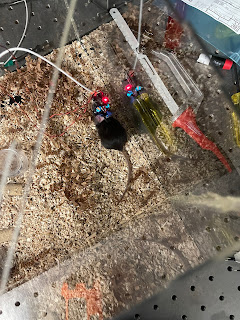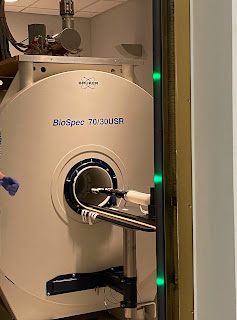Ashley Cardenas/Dr. Hartl- Week 8
During this last week of immersion, I spent more time shadowing Dr. Hartl in the clinic. I also watched him perform a microdiscectomy. I had the opportunity to shadow Dr. Matthew Cunningham at HSS as well. On Monday, I observed Dr. Cunningham in the OR. The patient presented with broken metal rods in her spine from a previous fusion. Her spinal fusion started from the lumbar region to the top of the thoracic spine. The broken rods were in the lumbar spine and most likely were broken by movement. On Thursday I also attended Dr. Cunningham's clinic hours. We saw multiple patients with scoliosis which is a bit different from Dr. Hartls patients. Throughout the summer I mostly saw patients with slight spinal curvature at Dr. Hartls clinic. It was interesting to see the differences between neuro spine surgery and orthopedic spine surgery.



